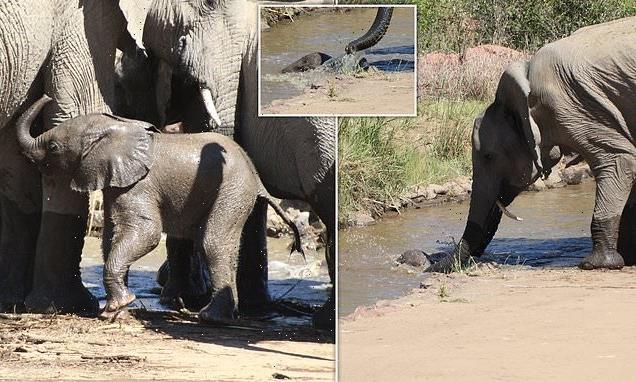Humans can maintain social circles of up to 520 friends – nearly four times previous estimates, study reveals
- Dunbar’s number is a theory stating people can only have 150 friends
- But new analysis finds the true figure could range between two and 520
- As a result of this huge range, researchers say trying to use the Dunbar method is futile and ‘not possible’
Human beings may be able to maintain as many as 520 friendships at any one time, according to new analysis.
It contradicts a long-standing theory called ‘Dunbar’s number’ which states humans are incapable of maintaining social relationships with more than 150 people.
This was based on calculations of a person’s cognitive limit due to brain size and what we know about primate groups.
However, fresh calculations reveal this method is ‘futile’ and the true figure for a person’s maximum number of friendships could be anywhere from two to 520.
Scroll down for video
A long-standing theory states humans are incapable of maintaining social relationships with more than 150 people, but new research dismantles this belief, saying the method is ‘futile’ (stock)
What is ‘Dunbar’s number’?
Dunbar’s number is a theory which predicts that humans have an average of about 150 relationships at any given time.
It was first postulated in the 1990s by British anthropologist Robin Dunbar.
It was originally theoretical before later being backed up by studies.
The number 150 is based on an extrapolation of the correlation between the relative size of the neocortex and group sizes in non-human primates.
But new analysis indicates the method is flawed and may not produce a viable estimate.
Dunbar’s number was first postulated in the 1990s by British anthropologist Robin Dunbar and was originally theoretical before later being backed up by studies.
But a team of researchers at Stockholm University challenged the findings and ran two statistical analyses based on updated data.
‘Bayesian and generalized least-squares phylogenetic methods generate approximations of average group sizes between 69–109 and 16–42, respectively,’ the researchers write in their study in Biology Letters.
This indicates that the average human can maintain far fewer social relationships than stated by Dunbar.
However, the analyses had an extraordinarily wide range of results.
For the first statistical method, the results show that the true figure could be between four and 520.
This is the range in which researchers are confident it is true with 95 per cent certainty.
For the second method, the figure for a person’s limitations on social interactions ranged from as few as two to as many as 336.
As a result, the true ‘Dunbar number’ is most likely between 16 and 109, but could be anywhere between two and 520.
‘Enormous 95 per cent confidence intervals imply that specifying any one number is futile. A cognitive limit on human group size cannot be derived in this manner,’ the researchers write in their study.
‘It is not possible to make an estimate for humans with any precision using available methods and data,’ adds Andreas Wartel, co-author of the study.
Dr Patrik Lindenfors, lead author of the study from Stockholm University, says the reason for the widespread appeal of Dunbar’s number of 150 is its simplistic explanation.
The true ‘Dunbar number’ is most likely between 16 and 109, but could be anywhere between two and 520, new analyses shows. Researchers write in their study: ‘Enormous 95 per cent confidence intervals imply that specifying any one number is futile. A cognitive limit on human group size cannot be derived in this manner’
However, he says it is not possible to calculate a number accurately.
‘The theoretical foundation of Dunbar’s number is shaky. Other primates’ brains do not handle information exactly as human brains do, and primate sociality is primarily explained by other factors than the brain, such as what they eat and who their predators are,’ he says.
‘Furthermore, humans have a large variation in the size of their social networks.’
Source: Read Full Article




